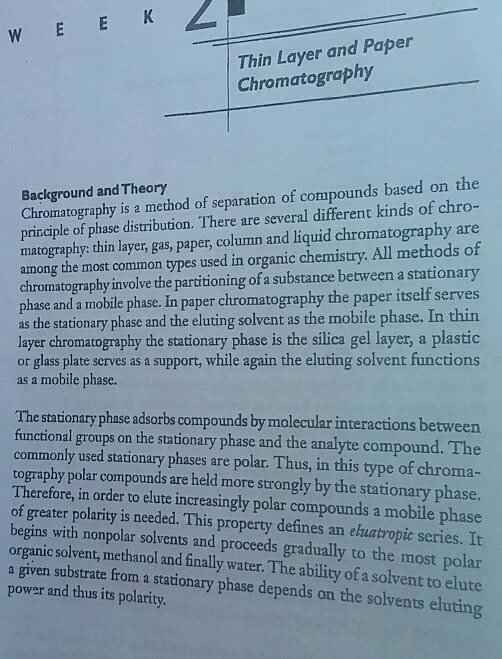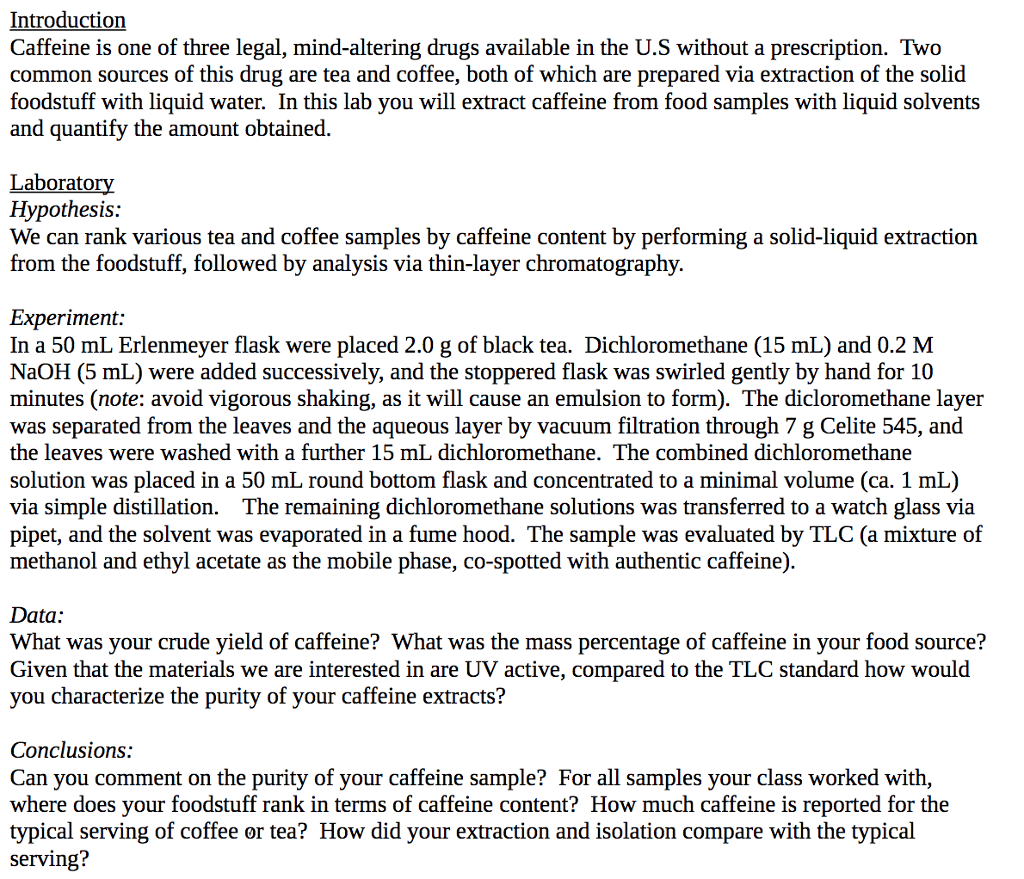TOX 3300 Chapter Notes - Chapter 23: Gel Permeation Chromatography, Volumetric Flow Rate, Peaks
Document Summary
In the vast majority of real analytical problems, we must separate, identify, and measure one or more components from a complex mixture. Extraction is the physical transfer of a solute from one phase to another. Common reasons to carry out an extraction in analytical chemistry are to isolate or concentrate the desired analyte or to separate it from species that would interfere in the analysis. The most common case is the extraction of an aqueous solution with an organic solvent. Chromatography operates on the same principle as extraction, but one phase is held in place while the other moves past it. A solution containing solutes a and b is placed on top of a column packed with solid particles and filled with solvent. When the outlet is opened, solutes a and b flow down into the column. Fresh solvent is then applied to the top of the column and the mixture is washed down the column by continuous solvent flow.



